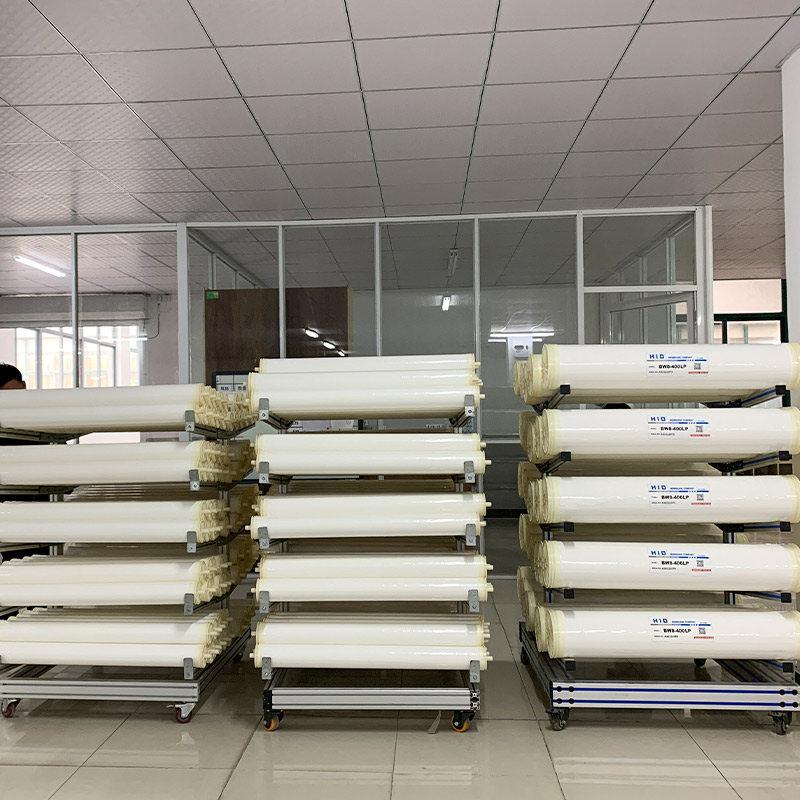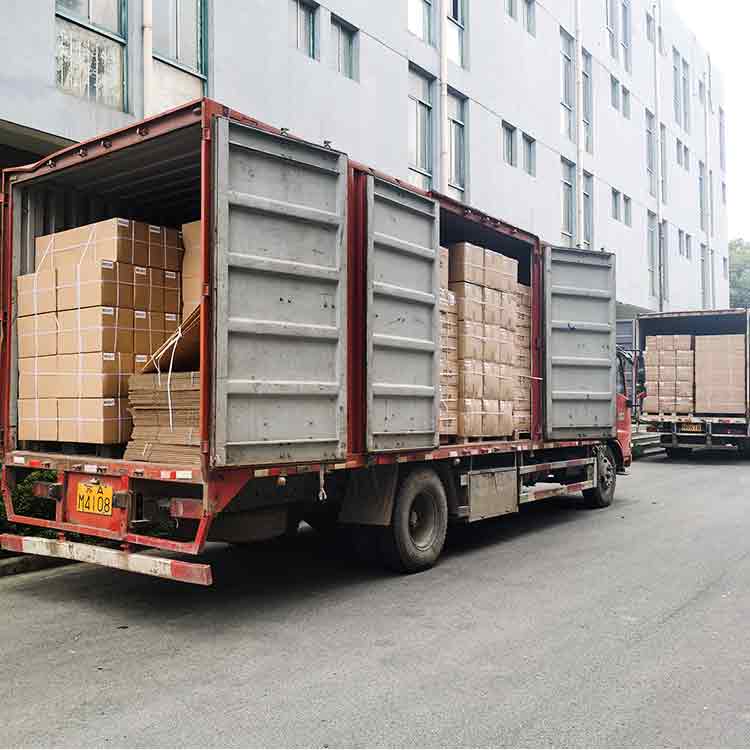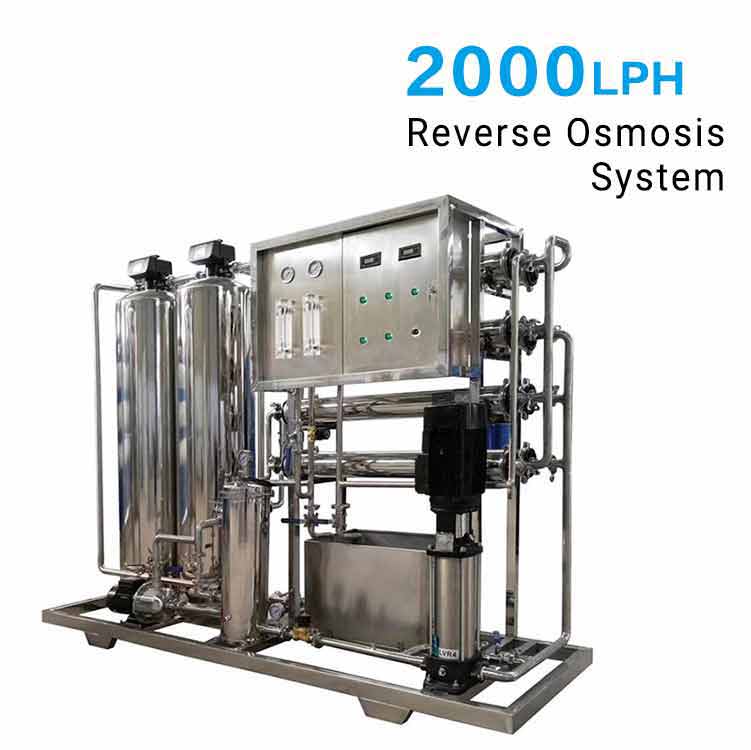During the use of a reverse osmosis system, the reverse osmosis membrane will be contaminated. If it is not cleaned for a long time, it will affect the service life of the reverse osmosis membrane. Therefore, when we use a reverse osmosis system, we must regularly check, clean, and maintain the reverse osmosis system.
How often is the reverse osmosis system cleaned?
There is no uniform standard for the cleaning time of the reverse osmosis system, but when the following situations occur in our reverse osmosis system, we need to clean the membrane of the reverse osmosis system.
1. The standard permeate flow rate is reduced by 10% to 15%.
2. The pressure difference of the standard system is increased by 10% to 15%.
3. The desalination rate of the standard system drops by 1% to 2% or the salt content of permeate water increases significantly.
4. Pollution or scaling has been confirmed.
How to choose a chemical cleaning agent for a reverse osmosis system?
The reverse osmosis system removes impurities such as bacteria and viruses in the water through the principle of reverse osmosis of the membrane under pressure to meet different water needs. When the equipment runs for a certain period of time, the membrane will be contaminated, and the reverse osmosis membrane needs to be treated with a chemical cleaning agent. Because the pollution situation is different, the type of cleaning agent must be selected according to the quality of the influent water. Another method is to take out one or two membranes for a cleaning test to find the most suitable cleaning agent so that the most suitable chemical cleaning agent can be selected to ensure the cleaning effect. The reverse osmosis equipment can not only be used alone but also can be combined with other equipment to produce ultra-pure water, high-purity water, etc., to meet the water needs of different industries.
Cleaning method of a reverse osmosis system
According to the selected cleaning agent formula, prepare cleaning liquid in the cleaning water tank, circulate the cleaning liquid with a pump, and stir it evenly for later use.
Close the water inlet and outlet valves and discharge valves on the reverse osmosis device, and open the chemical cleaning inlet and outlet valves on the reverse osmosis device to form a circulating cleaning system.
After connecting the cleaning pipeline, turn on the power switch of the water treatment cleaning pump, and clean it for 1-2 hours according to the specified flow, pressure (0.14-0.22Mpa) and temperature (<30℃) (if necessary, soak for 1-2 hours) ), the initially discharged cleaning liquid is discharged into the trench to ensure the concentration of the cleaning liquid.
After cleaning, drain the remaining liquid from the cleaning water tank, and inject water that meets the water intake index of the water treatment reverse osmosis device, and rinse under the same cleaning conditions. Or use a raw water pump to flush under similar low-pressure flushing conditions.
After each stage of flushing is completed, low-pressure flushing and high-pressure operation are carried out in accordance with the specified operation mode. Initially, the produced water is discharged into the trench and then enters the product water tank when the outlet water index is qualified.
After cleaning, the chemical cleaning device must be rinsed, and the cleaning filter, cleaning water pump and other equipment must not be placed in the condition of cleaning fluid.
Precautions for cleaning reverse osmosis membrane:
1. Negative pressure cleaning: Negative pressure cleaning can be said to be through the vacuum suction of the equipment, forming a certain pressure on the side of the reverse osmosis membrane, which can effectively remove the contaminants on the membrane surface and inside.
2. Recoil: Recoil is the use of strong gas or liquid to clean the surface of the membrane, so as to clean up the contaminants inside the membrane and restore the membrane. Recoil is currently one of the more common ways to clean reverse osmosis membrane One.
3. Mechanical cleaning: The mechanical cleaning is relatively simple, that is, the tube-type component is used for cleaning with a sponge ball, which can also effectively clean the membrane.
4. Chemical cleaning: The method of chemical cleaning is to use chemical cleaning agents to clean the reverse osmosis membrane. Because chemical targeted cleaning can also effectively clean the membrane, this method is also one of the commonly used cleaning methods.
HID reverse osmosis membrane focuses on the innovation and integration of environmentally friendly water treatment products and services, and its products include water treatment equipment, reverse osmosis membrane filtration membranes, etc.



Post time: Apr-02-2021




